tHE pAGan IN mE
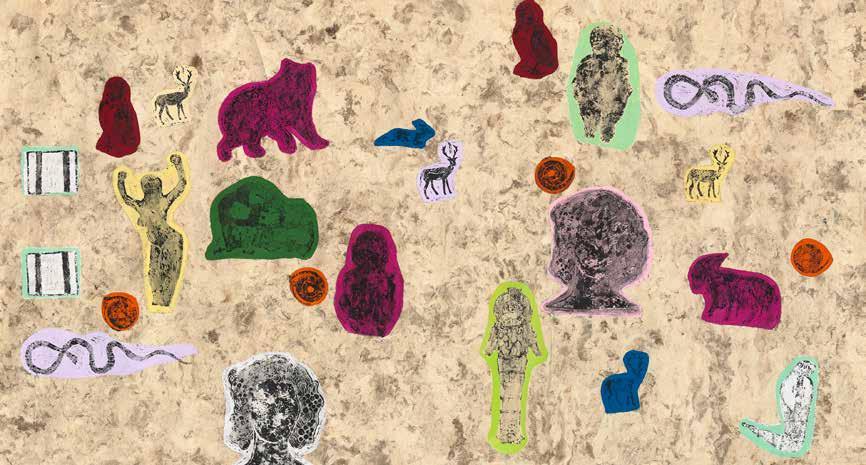


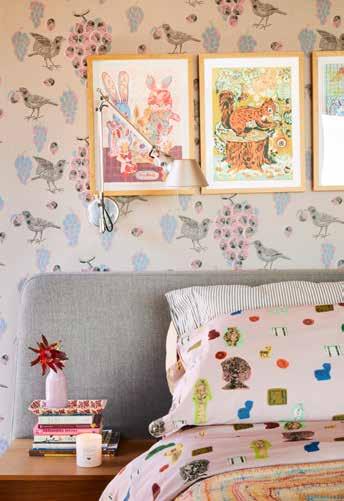
“The Great Mother”
“The Most Beautiful”
sheeting; wallpaper of the Skylarks pattern by Birger Kaipiainen; silkscreens by Nathalie Lété; Vintage Indian and Peruvian blankets. Photo by Diana Koenigsberg.THIS MOMENT in world history, an alternate way of life rooted in a sustainable value system holds particular appeal. One need to look no further for a template than the early European civilizations, circa 7,000 to 3,000 BC. Organized around matrilineal, nature-based temple/goddesses cultures, these civilizations were integrated within craft and artful living in an all-inclusive synthesis that allowed for birth, life, death, and regeneration. Without the contemporary need to bifurcate into good and bad, multiplicity in all its complexity was celebrated with religious and domestic practices grounded in the cycles of nature, nurturing the less capable in a spirit of egalitarianism and community.
This season, our new collection “The Pagan In Me” celebrates the great goddess in her multiple manifestations. Iconography expressed through the dynamism of nature, the collection is imbued with images of snakes, deer, bears, owls, rivers, moons, spirals and labyrinths. A rich color palette echoes the warmth of the life-giving womb.
Regrettably, natural activity such as volcanoes, tidal waves and wildfires coupled with human invasion and intervention destroyed the Early European cultures. In Greece, the original goddesses morphed into the classical deities—Artemis, Hera, Athena, and Demeter, with redefined roles as brides, wives and daughters. Patriarchy, class hierarchies and war became the new normal. Fortunately, despite centuries of paternal rule, the beliefs and imagery of these early maternal cultures remain available and still powerful touchstones in an ever-changing world. If ever there was a time when our country and world called out for a change in paths … this is it!!!! We are so thrilled to be walking it … Philomela style.
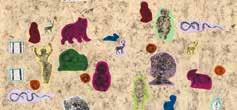

Sublime and simple—with night-sky tones and earthly hues, we celebrate the tension of complexity with our version of these popular patterns.


 The Great Mother
Serpentine
Mesopotamia
The Great Mother
Serpentine
Mesopotamia




 Temple Template
Labyrinth
Naid Check
Temple Template
Labyrinth
Naid Check
The birth-giving goddess often appears with bears, owls, and snakes. In our version of the kitchen sink we’ve thrown in favorite Aztec linoleum cut patches and the Greek God Dionysis (a personal favorite) for all the hedonists among us.





“
For me the Goddess is the female of God, she is powerful if different.”
— Tina Turner
“ The simplest and most basic meaning of the symbol of the Goddess is the acknowledgment of the legitimacy of female power as a beneficent and independent power.”
— Carol P. Christ
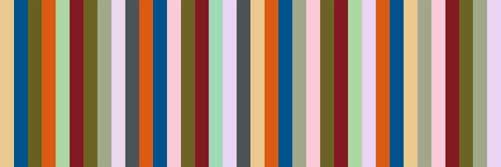


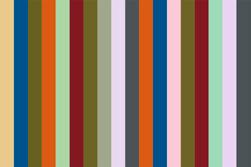





Rivers with both their gentle undulations and torrential energies provide the vertical and horizontal grid.

Coiled to symbolize wholeness, or in the process of shedding its skin and becoming something new, snakes abound in this iconography.
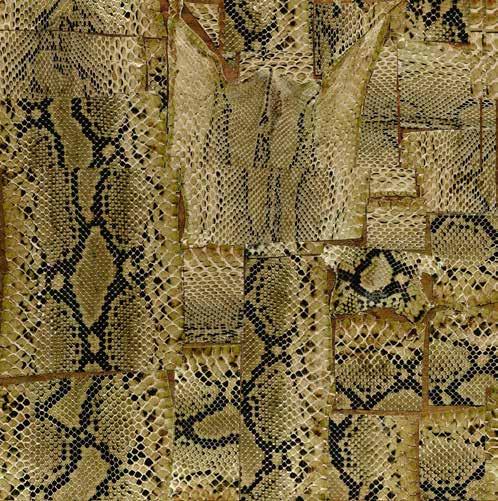
The snake symbolizes instinctive movement. A messenger from the unconscious it is both fascinating and terrifying as it speaks of a world of great depth and both hidden risk and treasure. As snakes shed their skin through sloughing, they are symbols of rebirth, transformation, immortality, and healing and the symbolism is found throughout comparative mythology. Animal skins as patterned textile date back to the Napoleonic era, when real skins and hides triggered replicative patterning on rugs. By the twentieth century animal skin patterns became popular as well in clothing designs. Exotic and primitive this is a call to evoke your wild side.

For all of you animal lovers we offer our traditional cotton, linen and velvet fabrics, new high durability indoor/outdoor blends, wallpaper and plenty of decorative accessories in these new skins. Bring out your inner savage while keeping these scaled friends in tact.
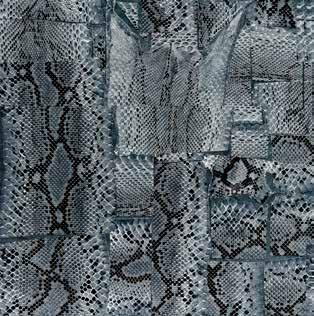
“ And so it is, that both the devil and the angelic spirits present us with objects of desire to awaken our power of choice.”
— Rumi
“Over and over, in spite of our awfulness and having squandered our funds, the ticket-taker at the venue waves us through. Forgiven and included, when we experience this, that we are in this with one another, flailing and starting over in the awful beauty of being humans together, we are saved.”
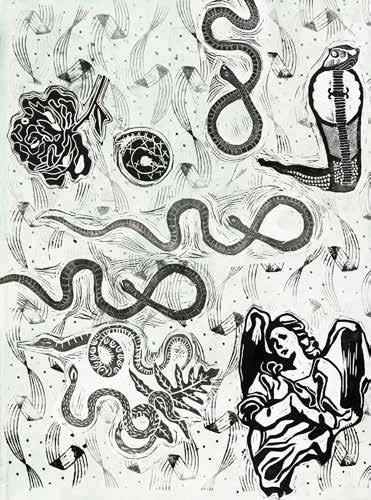 — Anne Lamott
— Anne Lamott

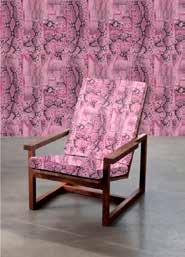

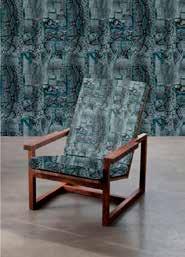
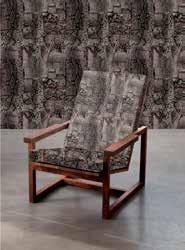

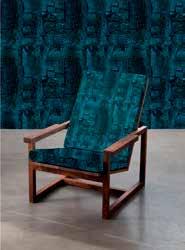

An original print of collaged linoleum cuts mixes temple structures, animal guides, and Aztec patchery. Layer a wall with limited edition prints, or throw the pattern on bedding. We are here to co-create with you and can customize your project using any pattern in a myriad of ways.

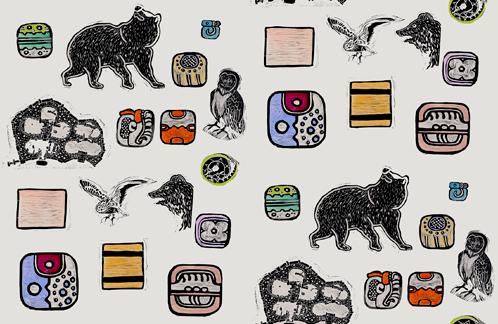
A recombining of the squares from an original “Temple Template” lino cut offers a primitive twist to an iconic check.





Metaphor for the inner pilgrimage, the center of the labyrinth is symbolic of the spiritual journey to one’s best self.
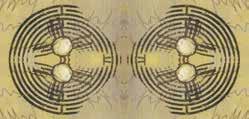







The labyrinth is a metaphor for individuation and symbolizes a journey to wholeness. There is only one path, and despite the twists and turns one only needs to put one foot in front of the other to find one’s way. Mythology tells us one must follow a thread, or have a guide to make it through. So, what or who is guiding you? This is not a linear path; steps taken can lead us further from the center of things, and it may feel even more circular to try, after finding center to find one’s way back into the world. There are no wrong turns. One simply needs to keep walking and pay attention to the experience along the way.



“ Traveler, there is no path. Paths are made by walking”
— Antonio Machado
“
Follow the thread with embroidered touches added by hand or machine.
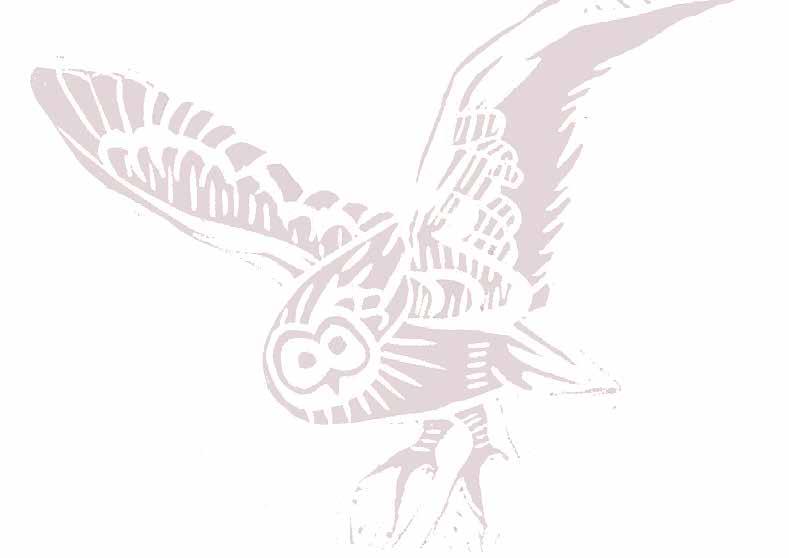
When the path reveals itself, follow it.”
— Cheryl Strayed
“ There is no linear evolution; there is only a circumambulation of the self.”
— C.G. Jung

Seed
with favorites from our Philomela pattern library

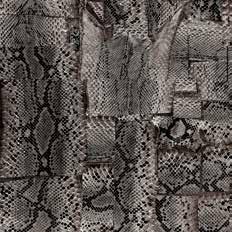



















Shivering Cobra Stripes
Great Mother Serpentine
 The
Mesopotamia
Bead
The
Mesopotamia
Bead

















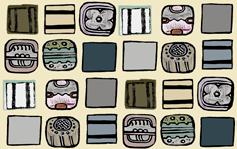











PHILOMELA is a California based design studio specializing in original, hand-drawn, painted and printed, expertly formatted textiles and wallpaper for interiors. Led by artist and psychoanalyst Bonnie Saland, her bold, intricate patterns balance delicacy with daring and bring a sense of celebration into every space.
The collection mixes antagonistic styles and conventions: baroque + modern, word + image, highbrow + downtown, hand constructed + digitally manipulated in a libertine mix of west coast hedonism.
Beauty and utility are mutually generative. The applications of Philomela are limited only by the imagination. We enjoy collaborating with architects, as well as, interior, furniture, clothing and product designers on everything from on-site to event-specific projects.
Visit our website to see our catalog of unique patterns.
PhilomelasWeb.com